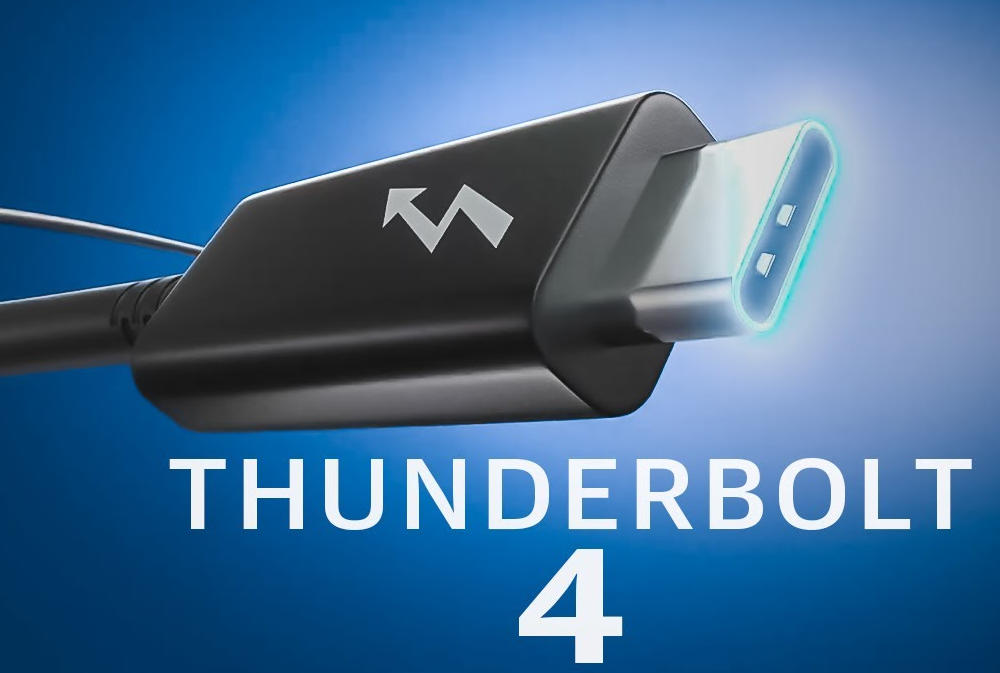USB4 V2 is an incremental update to the latest version of the device and peripheral connection port, the most popular in the technology industry, used by hundreds of millions of computers, tablets, smartphones and other devices.
Although the name proposed for this release by the standard’s maintainer, the USB Promoter Group, suggests that it is a minor update, it should be noted that doubles data transfer performance up to 80 Gbps via USB4 and corresponds to the fastest to date, Intel Thunderbolt 4.
The new standard will be backward compatible with the original version of USB4 as well as USB 3.2, USB 2.0 and Thunderbolt 3. It can be used with the same current cables, although new specific ones will also be released. The USB4 V2 specification will be updated to support USB Type-C (the standard’s most modern connector) and USB Power Delivery (USB PD), a fast charging protocol that allows USB-C cables and connectors to be used to charge devices. with a power of up to 100 watts.
Due to drawbacks and licensing issues, USB4 V2 will not be compatible with Thunderbolt 4 initially. Interestingly, Intel has opened up the Thunderbolt specifications and shared them with the USB Promoter Group so that all manufacturers can use it without paying licensing fees.
USB4 V2, key features
- Bandwidth up to 80 Gb/s with new physical layer architecture for use with new 80 Gb/s active USB Type-C cables and existing 40 Gb/s passive USB Type-C cables.
- Update data and display protocols to make better use of more available bandwidth.
- The architecture update makes it possible to improve on previous versions such as USB 3.2, which will now exceed 20 Gbps.
- Updated to comply with the latest versions of the DisplayPort and PCIe specifications.
- Compatible with original USB4 USB 3.2, USB 2.0 and Thunderbolt 3.
Interesting improvements given the sheer importance of USB in today’s industry and that it can be used with existing wiring. Among the negatives is the lack of compatibility with Thunderbolt 4. It must be said that, despite the “openness” announced by Intel for its port (remember, proprietary and originally paid for by manufacturers), it took development paths separate from the USB Group. and it is clear that the convergence is not over.

Since AMD does not use Thunderbolt (for obvious reasons) but supports all USB versions, it will take advantage of the performance of the connection ports for peripherals and devices with the new Ryzen 7000 processors and their motherboards that will support USB4 V2. from the base. At least until the release of Thunderbolt 5.0. The ideal for consumers and the industry in general would be a complete convergence of the two.
